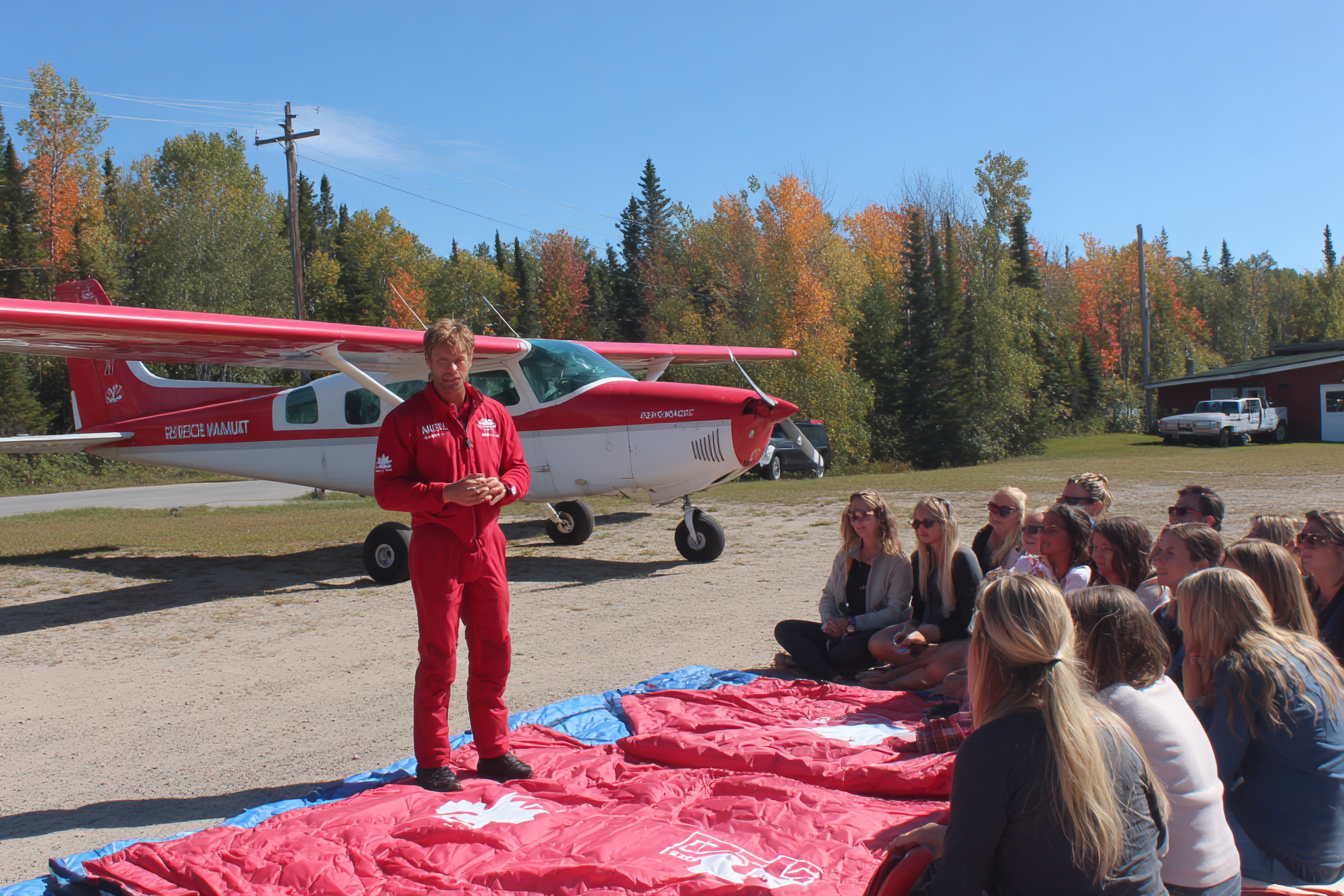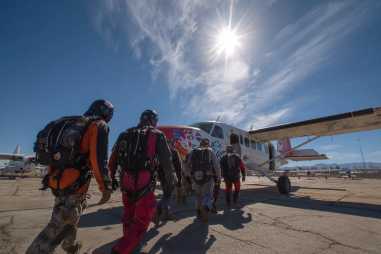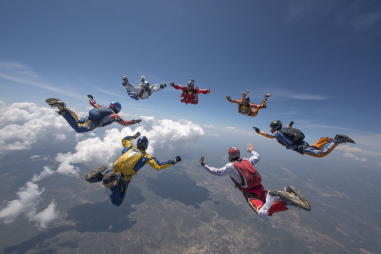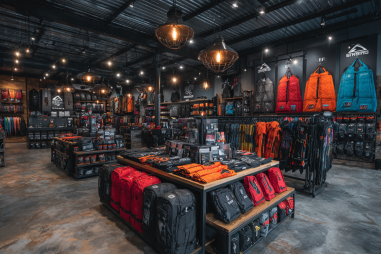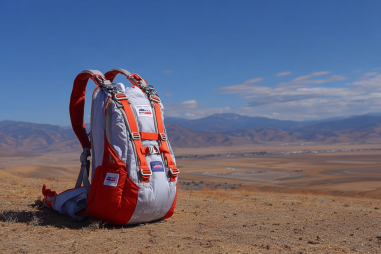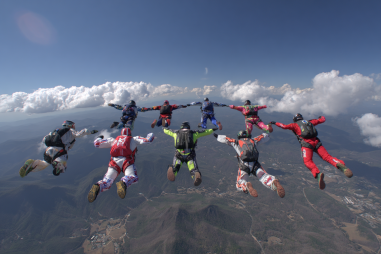Skydiving is an exhilarating sport that promises an adrenaline rush like no other. But behind every exhilarating jump lies a foundation of crucial safety techniques that every skydiver must master to ensure a safe and enjoyable experience. From the moment you prepare your gear to the final touchdown, understanding and implementing these safety measures can make all the difference. This article delves into the essential types of skydiving safety techniques that every jumper should know before they take the leap.
Pre-jump Safety Checks
Preparation is often cited as the key to success in any activity, and skydiving is no exception. Pre-jump safety checks are the first line of defense against potential issues in the air. Before boarding the aircraft, skydivers perform a thorough inspection of their equipment. This includes verifying that the main and reserve parachutes are properly packed and secured, ensuring the harness is fitted correctly, and checking the altimeter and Automatic Activation Device (AAD) functionality.
Additionally, skydivers perform a buddy check, where jumpers partner with another person to double-check each other’s gear. This team verification helps catch any missed details and strengthens safety awareness. Paying close attention to every zipper, strap, and buckle, and making sure all safety devices are operational can prevent equipment failures that might otherwise jeopardize the jump.
Proper Parachute Packing Techniques
A parachute’s performance depends largely on how well it is packed. Even the highest quality canopy and lines can malfunction if improperly folded or packed. Experienced packers follow strict protocols that ensure the canopy deploys smoothly and predictably. This includes neatly arranging suspension lines without twists, evenly folding the fabric, and securing the pilot chute and closing loop correctly.
Many dropzones have certified riggers who are experts in parachute maintenance and packing, but skydivers who frequently jump may also take packing courses to develop this essential skill. Whether you pack your own chute or rely on professionals, understanding the importance of proper packing and double-checking the job can greatly reduce the risk of a malfunction.
Emergency Procedures and Cutaway Drills
Even with meticulous gear checks and packing, parachute malfunctions can occur. This is why familiarity with emergency procedures is critical for all skydivers. The most important skill is knowing when and how to initiate a cutaway and deploy the reserve parachute if something goes wrong mid-air.
Cutaway drills involve quickly releasing the main canopy by pulling the cutaway handle and then deploying the reserve chute using the reserve handle. Practicing these procedures on the ground and during controlled jump training instills muscle memory and confidence, making it easier to respond calmly and efficiently in emergencies. Regular drills also help skydivers recognize malfunction types and decide the best course of action swiftly.
Using Automatic Activation Devices (AAD)
Automatic Activation Devices or AADs are life-saving tools designed to automatically deploy the reserve parachute if the skydiver fails to do so at a preset altitude. They are especially crucial in scenarios where the jumper becomes unconscious or disoriented at high altitude, unable to manually activate their reserve.
AADs are programmed to deploy the reserve chute once certain conditions are met, such as a descent speed exceeding freefall limits below a specific altitude. Modern AADs are highly reliable, but skydivers must still test and calibrate them regularly to ensure proper function. While AADs do not replace the need for proper training and vigilance, they provide an additional safety net that has saved countless lives.
Canopy Piloting Safety Tips
Once the parachute is deployed, canopy piloting — or the skillful handling of the canopy while descending — becomes the main focus. Proper control of the parachute ensures a smooth, safe landing, preventing crashes or hard impacts. Here are several canopy piloting safety tips to keep in mind:
- Maintain proper flare timing: Flare is the action of pulling down on the control toggles to slow the canopy before landing. Timing the flare too early or too late can lead to hard landings or stalls.
- Keep a clear landing area: Always look for a safe landing zone free from obstacles such as trees, power lines, and vehicles.
- Understand the canopy’s flight characteristics: Different canopies handle uniquely. Familiarize yourself with your canopy’s responsiveness, glide ratio, and turning ability.
- Practice swooping cautiously: While advanced pilots may perform high-speed landings called swoops, beginners should avoid these to minimize injury risks.
Developing strong piloting skills will result in not only safer jumps but also a more enjoyable experience under canopy.
Weather and Environmental Risk Awareness
Skydiving conditions are highly dependent on weather, and environmental awareness is a must for safe jumps. Factors like wind speed and direction, cloud cover, temperature, and precipitation affect both freefall and canopy flight. Many jumps get delayed or canceled due to unfavorable weather conditions for good reasons.
Understanding how to read basic weather reports, recognizing signs of turbulence or thermals, and knowing when to abort a jump are critical lessons taught in skydiving courses. Even experienced jumpers stay disciplined about refusing jumps in questionable weather. Remember, a beautifully clear day can still have invisible air currents challenging your control, so always err on the side of caution.
Training for Safe Landings
Landing safely is perhaps the most visible component of a jump’s success. Effective training focuses on teaching proper body position, flare techniques, and emergency landing protocols. Many drop zones provide jumpers with simulations and actual ground drills to build these skills without risk.
Specifically, skydivers learn how to execute a parachute flare at the appropriate altitude to slow descent speed, how to steer clear of crowded or hazardous landing areas, and how to perform PLFs (parachute landing falls) to absorb impact safely. Continuous practice ensures that even under stress or unexpected situations, the landing technique remains solid, reducing injury risk.
Frequently revisiting these training fundamentals and advancing to more specialized landing techniques over time can enhance confidence and safety.
Fostering a Safety-First Skydiving Mindset
Ultimately, the most valuable safety technique in skydiving is cultivating a safety-first mindset. This involves continuous learning, respecting the sport’s inherent risks, and making responsible decisions before and during every jump. It means listening to instructors, speaking up if something seems wrong, and never rushing or skipping safety steps due to excitement or peer pressure.
Skydiving communities often emphasize personal responsibility and a culture of professionalism to promote safety for all participants. Embracing this mindset helps keep everyone secure and ensures that skydiving remains the thrilling and enjoyable activity it was meant to be.
By rigorously applying these essential safety techniques—from pre-jump checks to emergency preparedness, canopy control, and weather vigilance—skydivers can significantly mitigate risks and make every jump a great experience.

